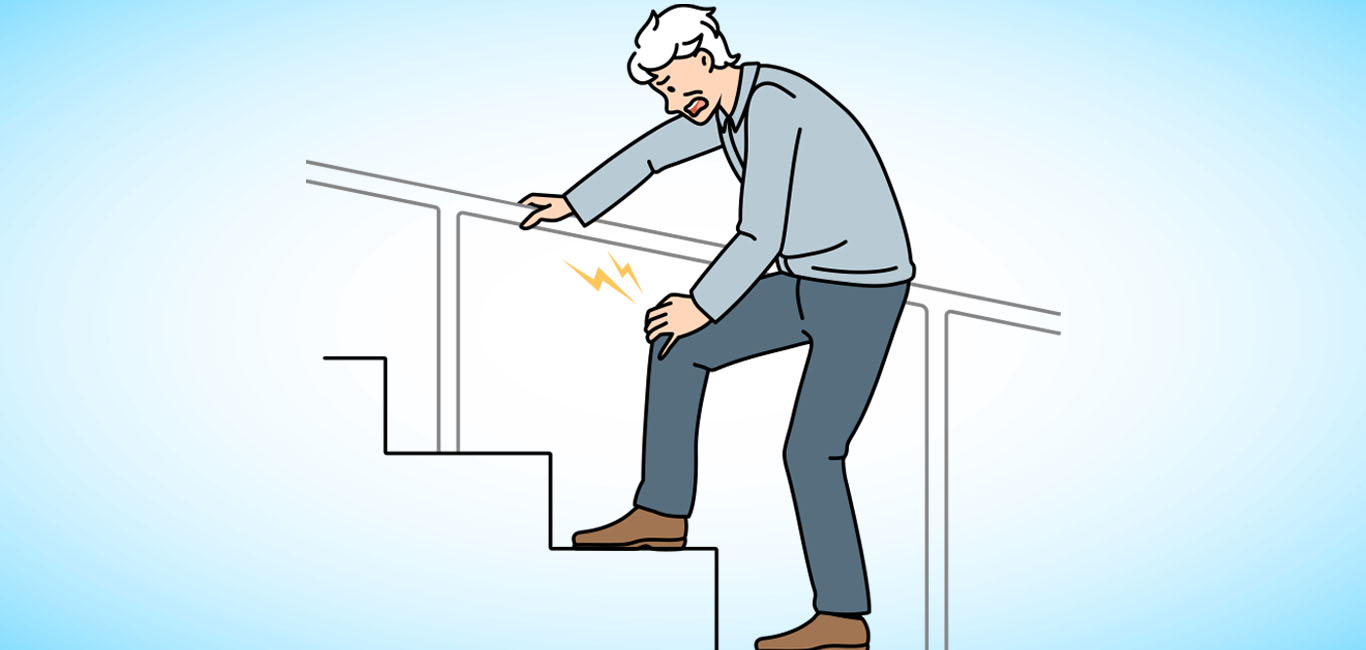
In ayurveda, the word arthritis is referred to as sandhi roga (joint disorders).
Ayurvedic therapies help in managing different kinds of joint issues including chronic, prolonged joint pain or joint pain of recent onset. Therapies such as hot poultices, herbal pouch therapy, leech therapy, thermal cautery, oil well therapies, and oil massages can help to relieve joint pains.
Read more about how ayurveda manages pain here
Moreover, oral medicines provide long-term benefits for joint disorders. Experts highlight the importance of diet and exercise suitable for the condition to support therapies and medicine.
Ayurveda and joint disorders
Dr Vijay Kumar Srivastava, a professor from Banaras Hindu University, Varanasi, Uttar Pradesh, tells Happiest Health that here is no separate description of joint disorders in ayurvedic texts. However, 80 conditions come under vata vyadhi (health conditions due to an imbalanced air element). Here are some examples:
- Heel spur or calcaneal spur (vata kantaka)
- Sciatica (gridrasi)
- Cervical spondylosis (greeva stambha)
- Stiffness in the ankle joints (gulpha graha)
- Pain in the knee joints (janu bheda)
- Pain during joint movements (prasarana akunchana vedana)
- Dislocation of the knee joint (janu vishlesha)
- Osteoarthritis (sandhi vata)
- Arthralgia (sandhi shoola)
- Low back pain (kati shoola)
Ayurvedic experts classify arthritis into three types
“When a person visits an ayurvedic physician with a joint disorder, the doctor categorises it into one of the three categories of arthritis namely, amavata (rheumatoid arthritis), sandhivata (osteoarthritis) and vatarakta (gouty arthritis), says Dr Kumar.
“These conditions are compared with modern medicine’s categorisation of arthritis by co-relating the symptoms. However, the management is purely based on ayurvedic therapies and medicines,” says Dr Srivastava.
Diagnosis
“Even if a person has already been diagnosed with a particular joint health condition, we make sure to diagnose them using ayurvedic diagnostic criteria,” says Dr Sunil Kumar, professor from the National Institute of Ayurveda, Jaipur, Rajasthan.
The additional diagnosis includes analysis of the individual’s daily routine,” says Dr Kumar. According to ayurvedic experts, any health condition is a result of a faulty lifestyle (unhealthy dietary habits and lack of physical activities). Most of the times, finding the cause and addressing it serves as beginning of managing the condition, say experts.
Dr Kumar says he also uses modern diagnostic parameters to analyse the severity and the efficacy of the therapies.
Management plan
The management plan is decided after analysing the involvement of vital entities (vata, pitta, kapha) and the presence of metabolic toxins (ama in Sanskrit). Arthritis manifests in various forms based on the three entities. “The ayurvedic experts also classify the condition based on the presentation of pain,” adds Dr Kumar.
Sandhivata (osteoarthritis) is generally associated with old age and degenerative changes. Severe pain and swelling in the affected joint are some of the symptoms, says Dr Kumar.
In amavata (rheumatoid arthritis), the metabolic toxins are present in the body and the symptoms include pain and inflammation of one or more joints (joints of hands, feet, sacrum), says Dr Srivastava. Moreover, one experiences scorpion-bite-like pain in the affected joints. Symptoms like loss of appetite, indigestion, heaviness in the body parts, sleep disturbances and constipation are what differentiate rheumatoid arthritis from osteoarthritis.
Vatarakta (gouty arthritis) typically starts with pain, burning sensation, and redness in the smaller joints (joints of toes) that spread towards the upper part of the body.
The management plan focuses on correcting the imbalances in the affected vital entities and addressing the causes.
Read more about the dietary management of rheumatoid arthritis here
Keep reading as we will publish a series of articles on different types of arthritis and their management methods via ayurvedic therapies.


















One Response
Very interesting topics